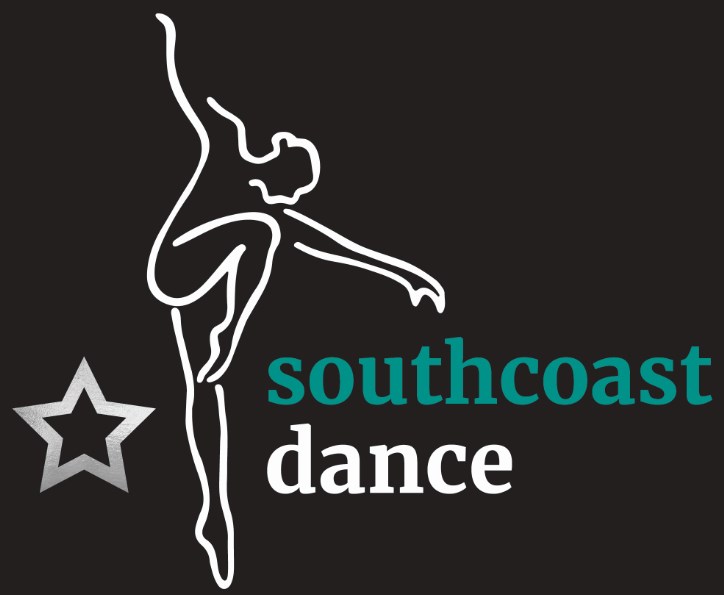How Dance Schools and Professional Training Can Help Develop Dancer Flexibility
April 17, 2018Without the proper level of flexibility, a dancer would move stiffly across the stage or dance floor instead smoothly and/or gracefully. By attending dance schools and professional training sessions, dancers can increase their flexibility and maintain at the right level to perform their specific type of dance with ease. We discuss the reasons why this type of training helps with flexibility in the following details.
Dance Schools and Professional Training Sessions Teach Dancers the Right Stretching Routines
One way that professional training sessions and dance schools help dancers develop their flexibility is by teaching them the right stretching routines to limber up prior to the rest of the lesson. Stretching is crucial to encouraging the body to move easily and smoothly in a kind, non-harmful manner. It prepares the body for the warm-up stage. Examples of stretches are:
- Butterfly Stretches will help elongate the inner thigh and groin muscles.
- Kneeling Quad Stretches improve the flexibility of the hamstrings and inner thighs as well as lower the risk of upper leg injuries.
- Ceiling and Toe Stretches combine movements to stretch the sides, back, legs and arms effectively.
- Shoulders and Arms Stretches are for the purpose of improving and maintaining the flexibility of the shoulders and arms.
Dancers Learn the Appropriate Way to Warm up Their Bodies
Through these instructional sessions, dancers also will learn the best warm-up routine for their muscles and tendons to ensure there are no injuries during the dancing. Warming up differs from stretching as its effects are short term and are typically only to help the dancers dance without injury during their training sessions or classes while stretching is for long-term gains in flexibility.
Dancing Students Learn the Proper Way to Perform the Dance Steps
Another benefit of professional training and dance schools is the fact that they teach the students the correct way to perform all of the dance steps. This helps with flexibility while ensuring that they students move in the proper manner to prevent injuries from occurring. Dance movements can include such ones as leg extensions, leaps, turns and jumps along with other ones depending upon which type of dance style the dancers are learning. Also, arm and shoulder movements are in almost every dance style.
For further information about how dance schools and professional training sessions can help develop dancer flexibility, consult with the Southcoast Dance School. We offer instruction in a wide assortment of dance styles that range from Zumba to ballet. Our school will ensure that you learn the skills necessary to increase your flexibility in order for you to dance easily with whichever style that you choose to participate in here at our establishment.
Optimized by NetwizardSEO.com.au
Recent posts
- How Ballet Dancing Can Teach Dancers Proper Body Discipline
- 5 Tap Dance Facts That Every Student Should Know
- How Dance Classes Can Help You Deal with Anxiety and Stage Fright
- Dance Therapy: The Healing Power of Dancing
- Why You Should Not Be Scared to Take Up Dancing Lessons?
- How Dance Schools and Professional Training Can Help Develop Dancer Flexibility
- Different Ballet Techniques that Every Ballerina Should Know
- What is Contemporary Dance?
- Taking Up Dance Lessons Can Help Boost Your Child's Social Connections and Skills
- Why Should Parents Encourage Their Children to Take Up Dance Lessons?
- Tips on How to Become a Successful Professional Ballet Dancer
- The Advantages of Starting Young When Taking Up Dance Lessons

